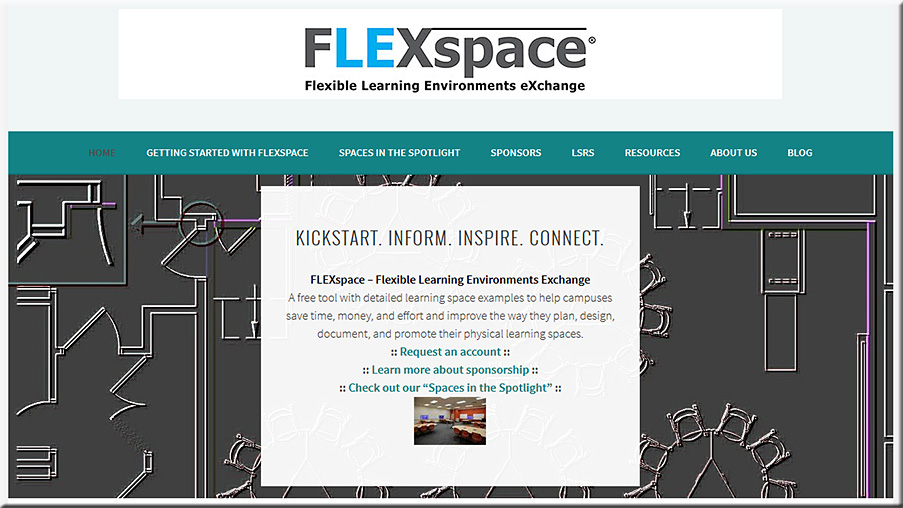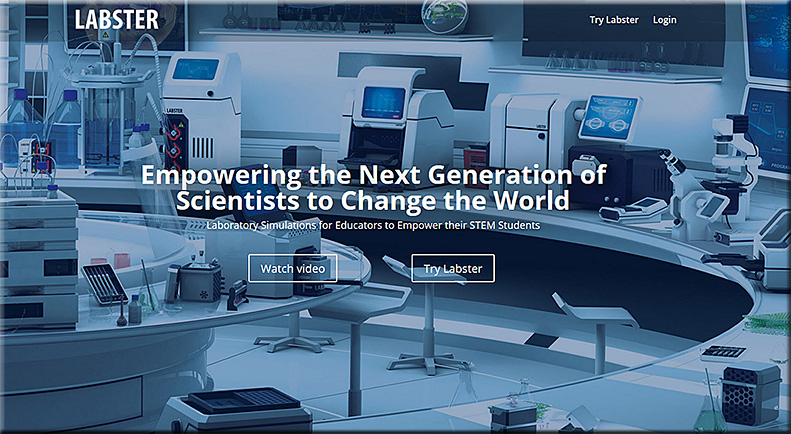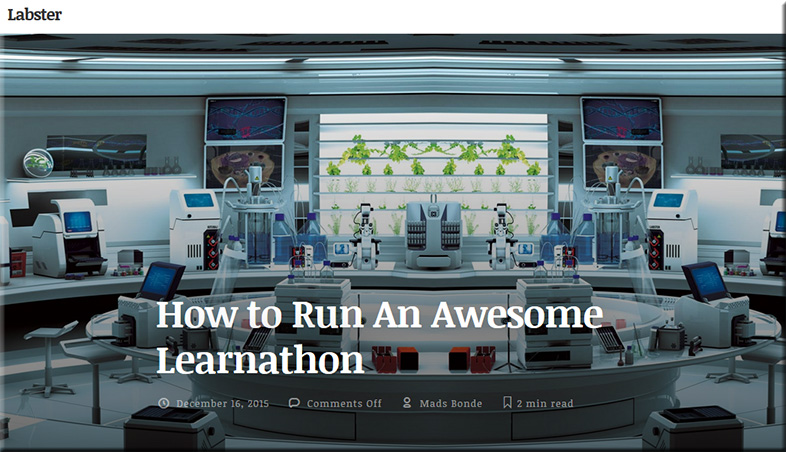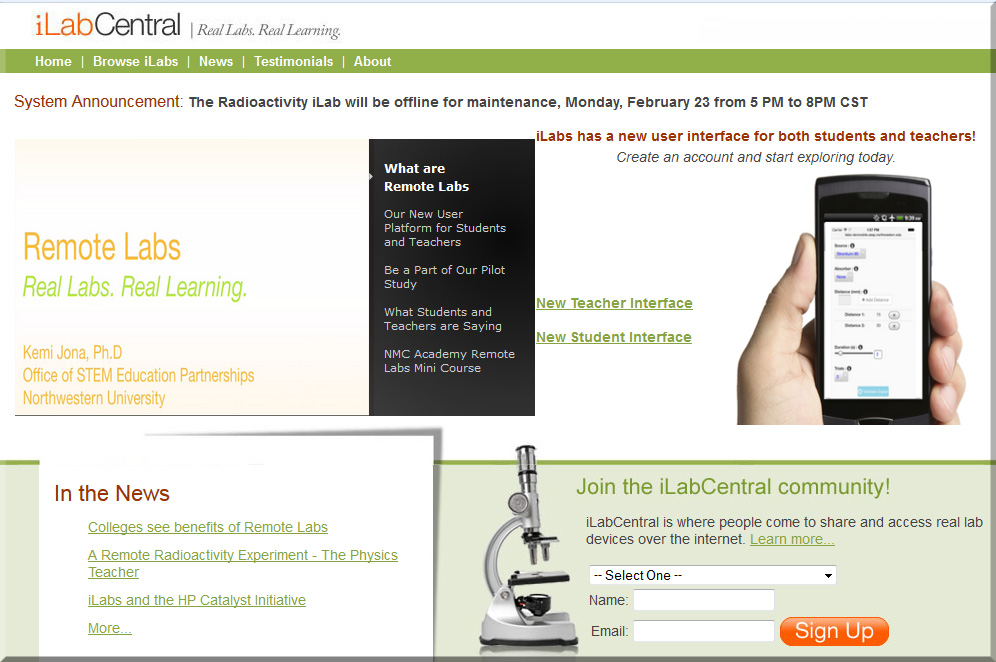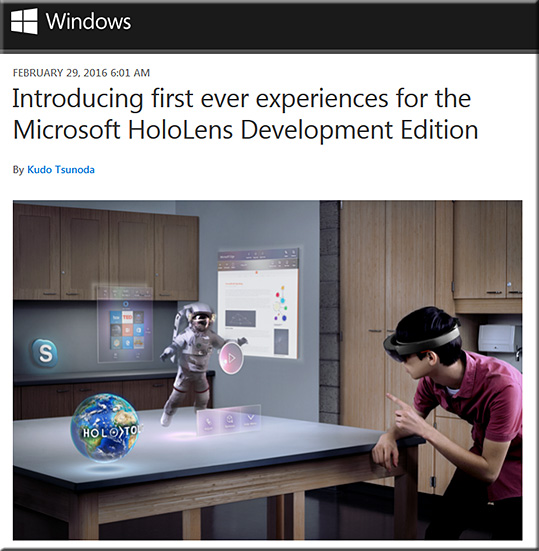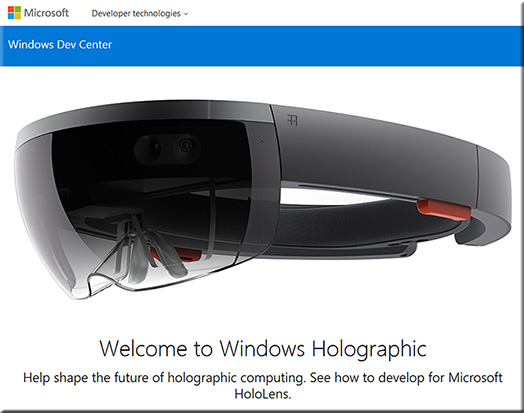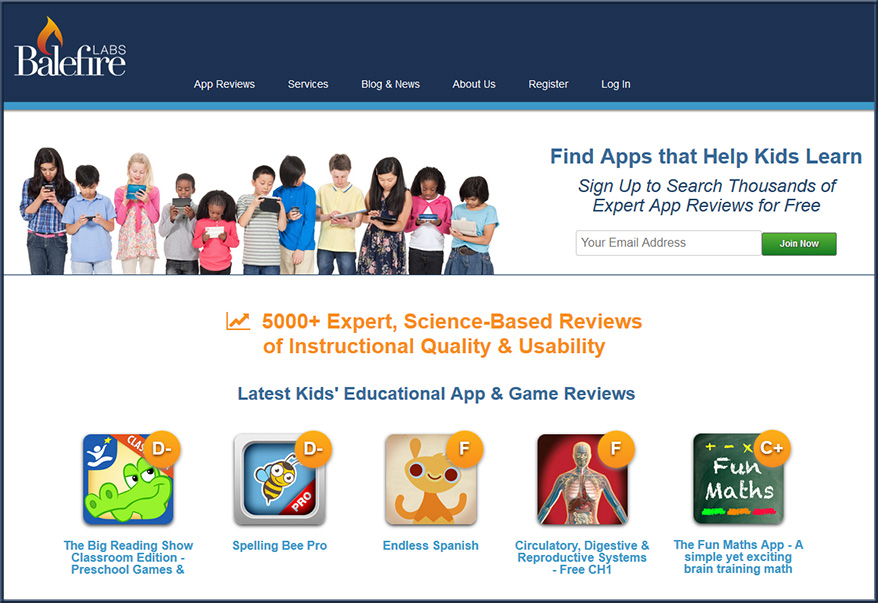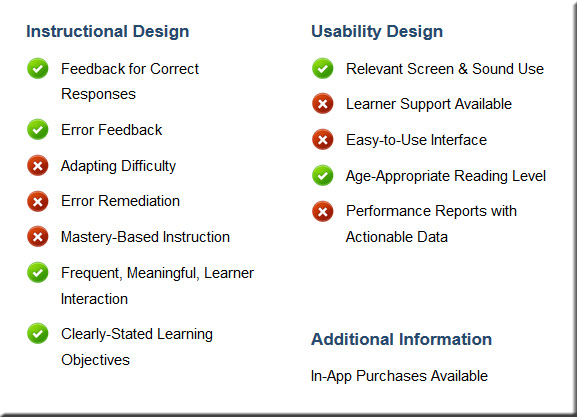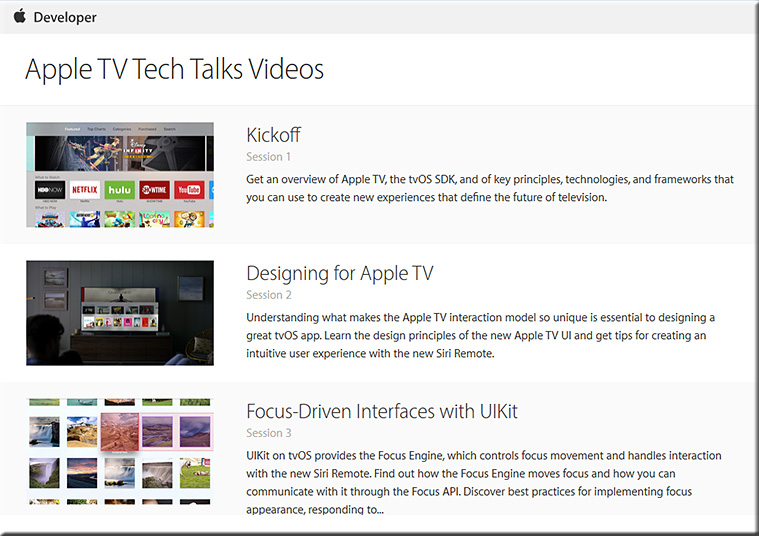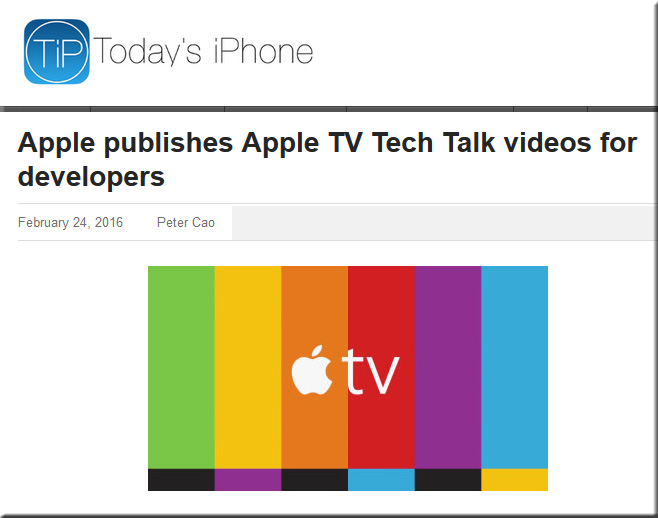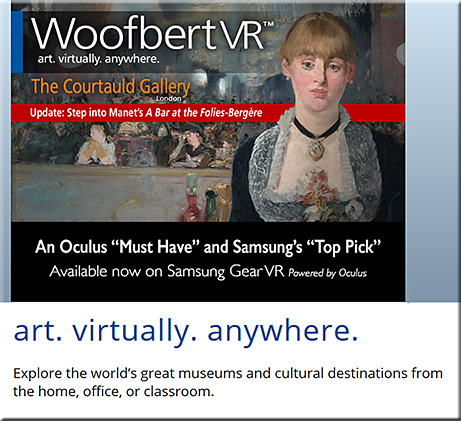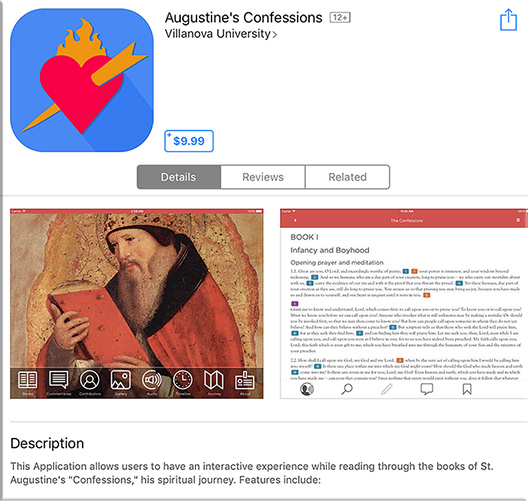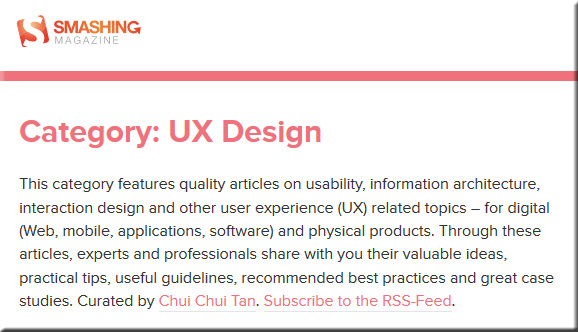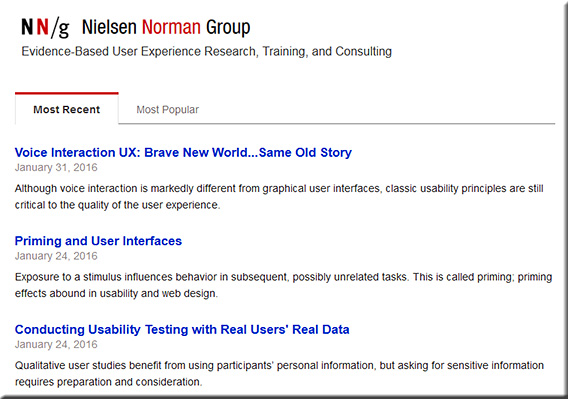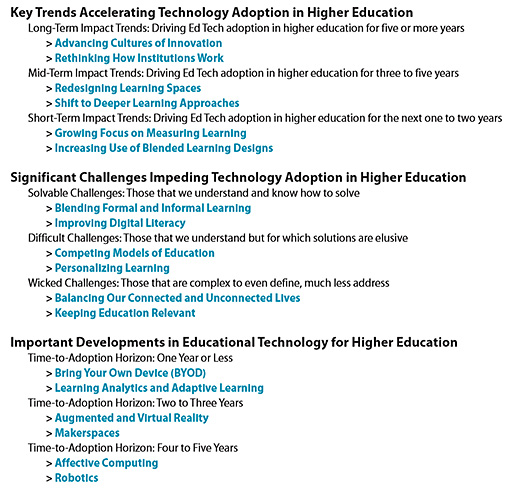The world’s first virtual reality cinema has opened in Amsterdam — from springwise.com
The VR Cinema gives movie-goers an immersive experience via Samsung Gear VR, headphones, and 360 degree chairs.
Excerpt:
At the beginning of this month, the world’s first VR Cinema opened in Amsterdam.
The idea originated as a pop-up cinema touring cities in the Netherlands, Germany and Switzerland. Unlike a traditional cinema, the theatre uses Samsung Gear VR, combined with a Samsung Galaxy S6 and a 360 degree chair to allow people to look around freely through the film. This is combined with immersive headphones to give a full VR experience to those watching the films.
Now showing:
- In Your Face (&samhoud media, 2016)
Barely containing our excitement, we present Europe’s first feature film in virtual reality in world’s first VR cinema! In Your Face is a production of director Jip Samhoud and was written by renowned Dutch author Ronald Giphart. The film explores the moral dilemma that the ongoing refugee crisis brings along: to what extent would you really take action and help? This is the question that award-winning actors Hadewych Minis and Tibor Lukács encounter when a TV show drops off a Syrian refugee unannounced. What would you do?
Addendum on 3/17/16:
- Sky Announces Virtual Reality Production Studio — from vrguru.com by Constantin Sumanariu
Excerpt:
European pay TV giant Sky has launched a Virtual Reality production unit, Sky VR Studio, as it steps up its commitment to VR programming. The first pieces of fully-immersive VR content to be produced by the unit will be released on Friday — two films shot during Formula One testing in Barcelona, which will put viewers in the pit lane, the team garages and out onto the track.









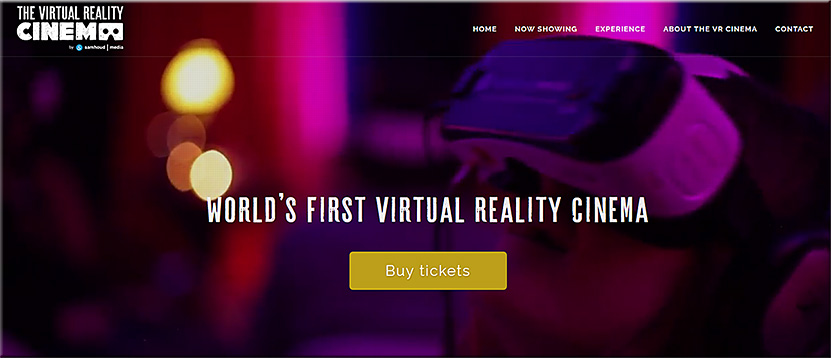
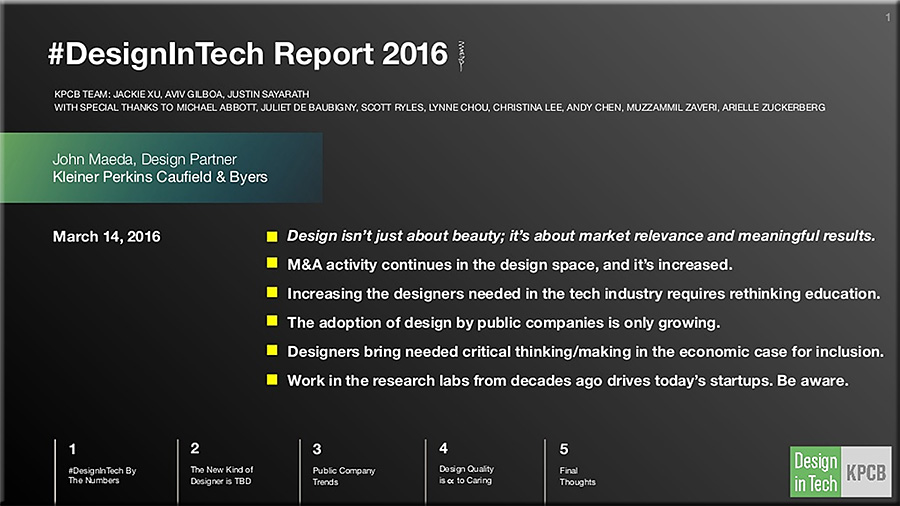

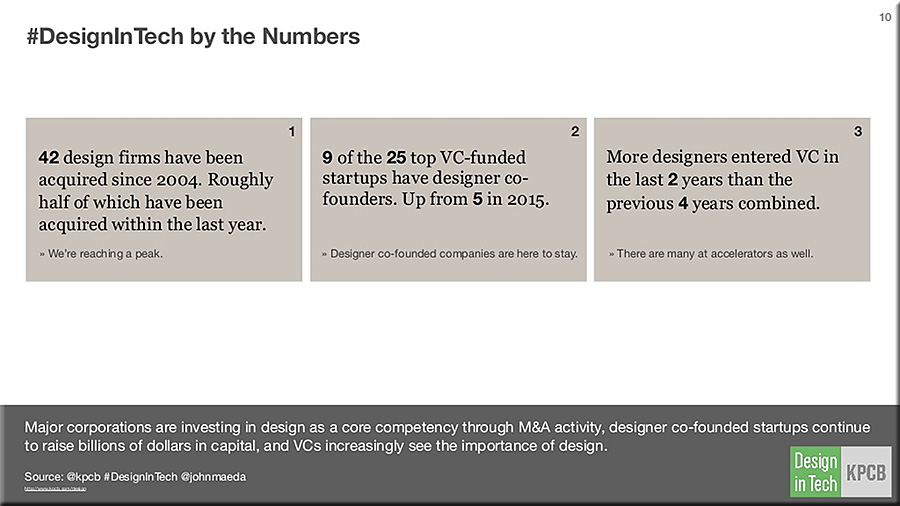
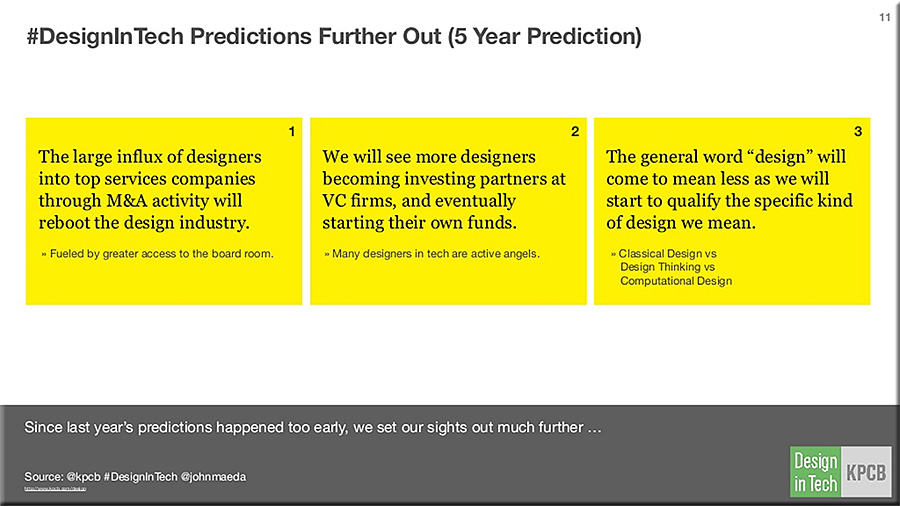

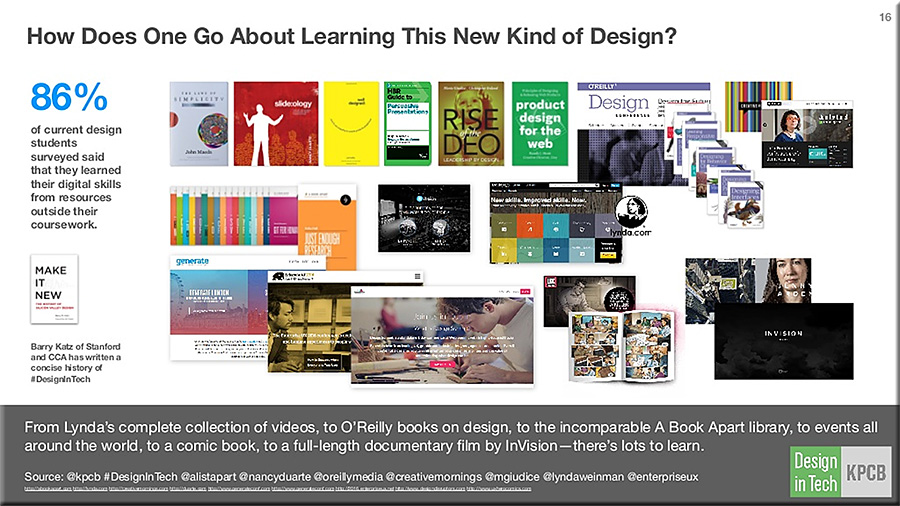
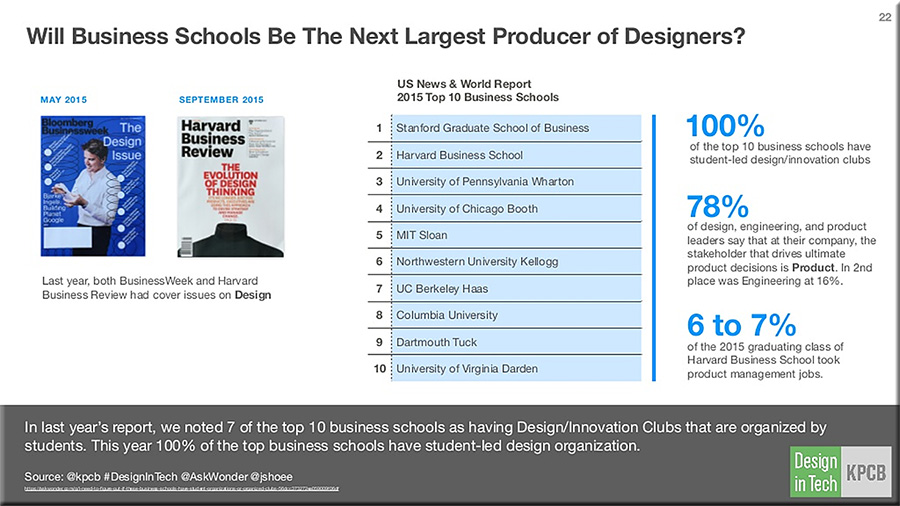
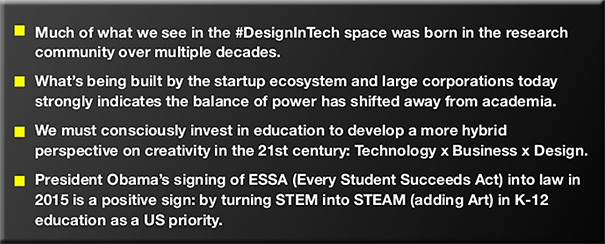
![The Living [Class] Room -- by Daniel Christian -- July 2012 -- a second device used in conjunction with a Smart/Connected TV](http://danielschristian.com/learning-ecosystems/wp-content/uploads/2012/07/The-Living-Class-Room-Daniel-S-Christian-July-2012.jpg)
